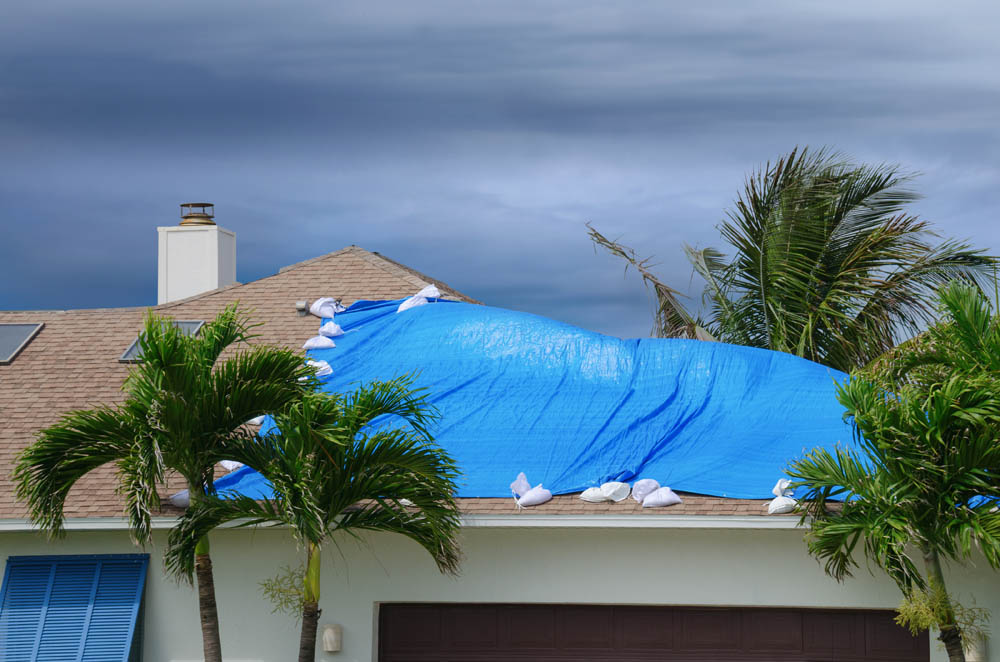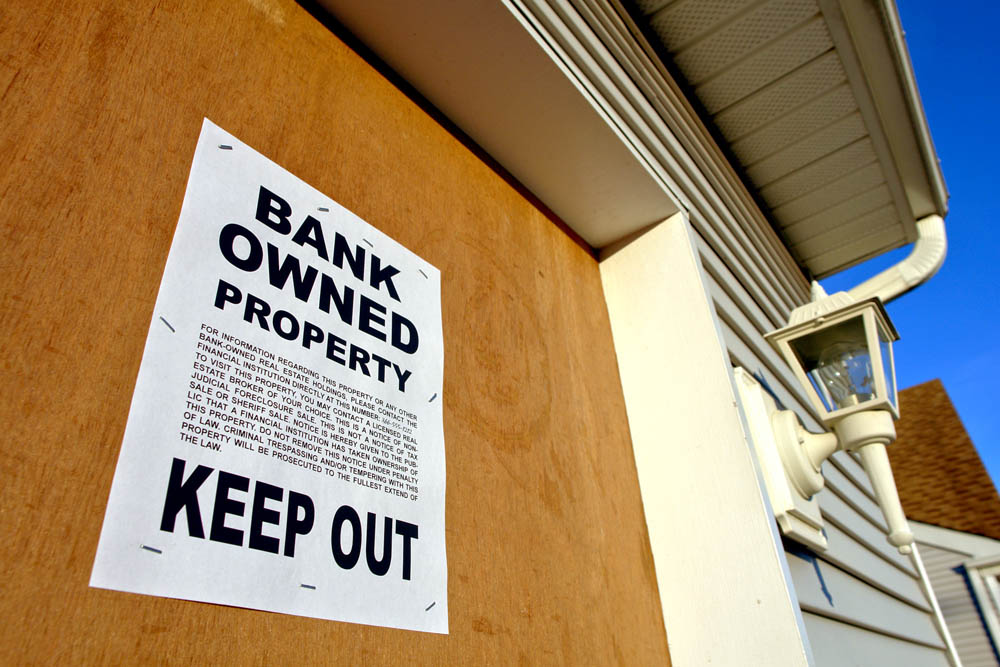
Damaged Goods – Who is Responsible For Damage to Property Prior to Closing?
Residential real estate closings cause all kinds of challenges. Whether you are working with the buyer or the seller, every step in the closing process can be emotionally draining. The client so often feels wronged by the other side and wants to strike back. I often feel as if I am working as a therapist, helping my clients cope with the latest obstacle to closing.
One of the biggest obstacles to overcome is when damage to the property between the contract Effective Date and the Closing Date occurs. Who is responsible for the damage? Fortunately, this does not happen often and when it does, the damage is usually minor. But, sometimes, there is major damage, like recently, following Hurricane Irma. Or worse, when the seller does nothing to maintain the property and lets it deteriorate significantly, the issue is very contentious. The answer of responsibility should be clear in the contract. Unfortunately, the FAR/BAR contracts that are often used, don’t provide adequate answers for either the Buyer or the Seller.
The 4/17 revisions of the FAR/BAR Residential Contract for Sale and Purchase (“Standard Contract”) and the AS-IS Residential Contract for Sale and Purchase (“As-Is Contract”) both have weak and somewhat contradictory provisions that neither seller or buyer should love. Paragraph 11 of both contracts, Property Maintenance, provides: “Except for ordinary wear and tear and Casualty Loss [and those repairs, replacements or treatments required to be made by this Contract,] Seller shall maintain the Property, including, but not limited to lawn, shrubbery, and pool, in the condition existing as of the Effective Date (“Maintenance Requirement”). (Bracketed language is in Standard Contract only). This language would require the Seller to continue to maintain the Property until closing, allowing only for “ordinary wear and tear”. At closing, Seller would have to restore the Property back to its condition as of the date of the contract.
In a short contract period, this likely would be easy to determine. In a longer contract period, how could this ever be determined? More importantly, what happens where the condition of a major component, such as the roof or air conditioning, is nearing failure as of the Effective Date, and, ultimately fails prior to closing. Forget, the Standard Contract for a moment where the Seller might have some repair obligations for this, but assume the AS IS Contract where the Buyer would be taking AS IS. Paragraph 11 seems to suggest that if the roof or air conditioning were in fact to fail, prior to closing, Seller would be obligated to restore them back to the condition they were in on the Effective Date. The condition then was near failure but not quite failing. Why would any contractor do that and how could it be determined what that point was and whether it was reached upon the restoration? It would clearly be a waste of money to do so as buyer would likely have to make the replacement in the near future any way.
Is there a solution? Contractually, the language should be changed to specifically eliminate Seller’s maintenance obligation for items at the end of their useful life and eliminate them. Make the Seller’s obligation to maintain but, at closing, Buyer takes those items, AS IS.
The FAR/BAR Contracts both have a Risk of Loss provision. The Standard Contract provision can be found in standard R and the AS IS Contract provision can be found in standard M. The provisions are the same. They provide that if there is damage caused by fire or other casualty and the cost of restoration (including pruning and removing damaged trees), does not exceed 1.5% of the Purchase Price, the cost of restoration shall be an obligation of seller and closing shall proceed. If the cost of restoration exceeds 1.5%, Buyer may decide to terminate or may close and take a credit from Seller in the amount of 1.5%.
Do the Maintenance and Risk of Loss provisions create an ambiguity? Clearly, after a casualty, the Property will not be in the same condition as it was on the Effective Date. But, the Risk of Loss provision would seem to limit Seller’s liability to 1.5% of the purchase price because the provision is qualified to damage to the property caused by fire or other Casualty. However, I still think there is some ambiguity here because some of the maintenance obligations that were neglected might have been exasperated by the casualty. I have a personal example following Hurricane Irma. My buyer client signed an AS Contract with an REO seller. Because of a significant title defect, the closing has been delayed for over a year. The client did an inspection upon signing the contract and knew that the roof was nearing the end of its useful life, but the report said that except for a couple of small leaks, the roof should last another 3-4 years. There were other similar items in the report. For example, the kitchen cabinetry needed about $4,000 worth of repairs.
Following Hurricane Irma, the roof is in total failure and there is significant water damage in the house. The client obtained a new inspection report of the house. And, as an example, the kitchen cabinetry needs to be totally replaced at an estimated cost of $30,000. Is the cabinetry damage due to the hurricane and thus covered by the Risk of Loss paragraph or is the damage due to excessive wear and tear due to the leaky roof getting worse? And, is the fact that the roof condition went from 3-4 years life expectancy to total failure a casualty or not properly maintained? There are numerous issues like this that we are faced with in this contract and the fact that it is REO has only made the situation harder. Had the contract specifically excluded the roof and any interior damage caused by the on-going leaks from the Maintenance paragraph, we would have very few issues and likely only be discussing which trees need to be removed and which need to be pruned. Instead, we continue to debate whether the bank will do any work or provide any credit for repairs.
To be honest, I had not thought much about the Maintenance paragraph before this closing. Until this one, even when the property was vacant, maintenance issues were usually pretty minor. Certainly casualty issues arise from time to time, particularly in hurricane season. But most buyers know what they are getting and what to expect when they are buying damaged or REO properties. Maintenance prior to closing is not going to be an issue. It should be. Not just because this deal has given me and my client more grief than we need (the title issues and corresponding delays gave us more than our share to be sure). But because the price a buyer offers on a property, commercial or residential, should reflect what the buyer is going to spend after closing to ready the property for occupancy. If the property is not properly maintained, these costs go up. In a residential setting in particular, the difference of a few thousand dollars can set a budget way out of whack.
It is important then, to consider the Maintenance paragraph, in particular, and also the Risk of Loss Paragraph in the FAR/BAR Contracts. Determine what is going to be important to your client, buyer or seller, and make the appropriate adjustments.




No Comments
Sorry, the comment form is closed at this time.